#ricepaddy
Text
UGLY DUCKLINGSSSSSS
so many SSSSS because they in big numbers
Yogyakarta, 2022
9 notes
·
View notes
Text

#20220617 Kurumeki rice terrace 5#seedling#riceplant#youngriceplants#苗#稲#water#水#green#nature#plant#緑#草#自然#植物#ridge#riceterrace#ricefield#riceterracefield#ricepaddy#田んぼ#田圃#水田#棚田#畦#あぜ#田#agricalture#rice#農業
22 notes
·
View notes
Text
youtube
2 notes
·
View notes
Photo
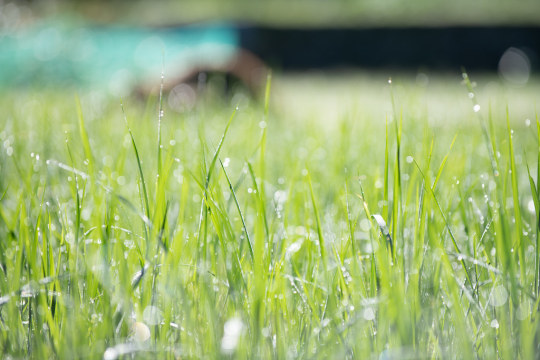
20220730 South Nagano 5 by Bong Grit
柿の木を撮った近くの田圃の朝露。 @Neba village, Shimo-Ina district, Nagano pref. (長野県下伊那郡根羽村)
https://flic.kr/p/2nDeR4j
3 notes
·
View notes
Photo

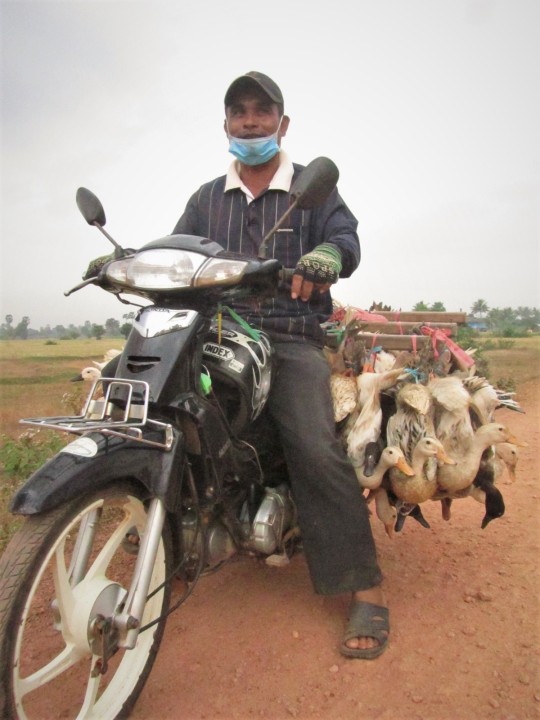
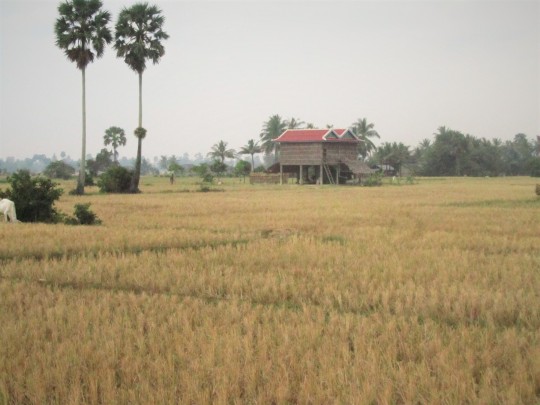
man with ducks
© optikestrav (2015)
1 note
·
View note
Photo
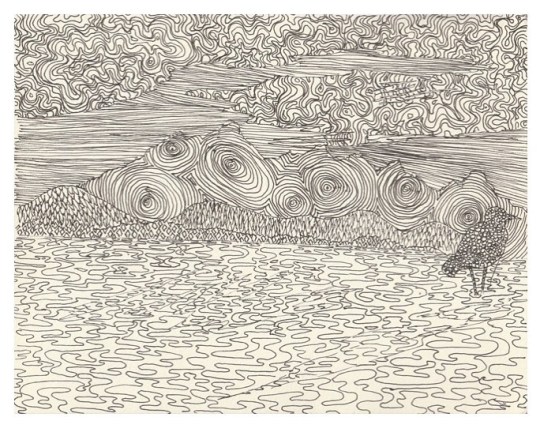
“Salish Sea” - Prints of this and more are now available - LINK IN BIO - on SaatchiArt.com Jesse Paul Miller • An exploration of pattern, inspired by Batik / Kain patterns seen while traveling in Indonesia in 2008 and 2013. A drawing of Puget Sound, or the Salish Sea, upon returning to Seattle. Silhouettes of the sea, mountains, and a seagull were filled with inspired designs developed while visiting Java and Bali. Drawn on acid free paper with an archival Sakura ink pen. • #travel #illustration #drawing #lineart #arts #drawing #jessepaulmiller #bali #minimal #dream #ricepaddy #rice #paddy #kain #travelart #design #art #instadrawing #instaart #graphicart ##illustratorsoninstagram #saatchiart #saatchiart #saatchartist https://www.instagram.com/p/CgNBAyeJ7gS/?igshid=NGJjMDIxMWI=
#travel#illustration#drawing#lineart#arts#jessepaulmiller#bali#minimal#dream#ricepaddy#rice#paddy#kain#travelart#design#art#instadrawing#instaart#graphicart#illustratorsoninstagram#saatchiart#saatchartist
0 notes
Photo
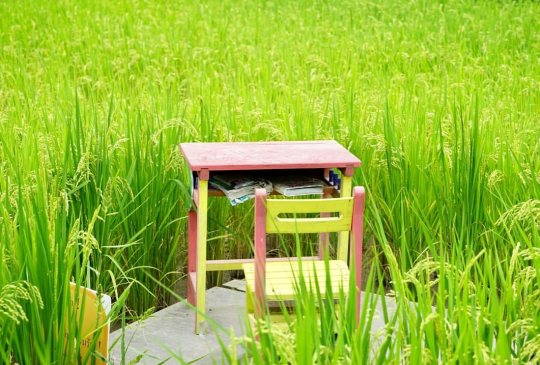
. 真的是坐擁良田美景🌾 . . #椅子 #禾仔 #稻田 #稻香 #田中央 #裝置藝術 #chair #ricepaddy (在 台北客家文化園區) https://www.instagram.com/p/Ce05cRSv5wu/?igshid=NGJjMDIxMWI=
0 notes
Text
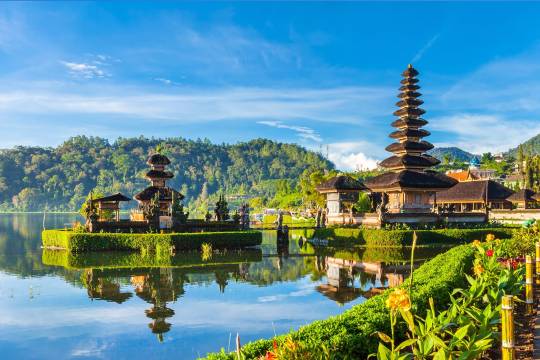
Discover the Magic of Bali
Bali is a popular destination in Southeast Asia known for its stunning beaches, ancient temples, and vibrant culture. Here are some must-see destinations and activities for your next trip to this Indonesian island paradise:
Visit the temples: Bali is home to thousands of ancient Hindu temples, each with their own unique architecture and history. Don't miss the iconic Tanah Lot Temple, perched on a rocky outcrop overlooking the ocean, or the ornate Uluwatu Temple, which hosts traditional Kecak dance performances.
Relax on the beaches: Bali's coastline is a paradise for beach lovers, with crystal-clear waters, white sand beaches, and world-class surf breaks. Head to Kuta or Seminyak for a bustling beach scene, or visit quieter spots like Nusa Dua or Jimbaran for a more relaxed vibe.
Try the local cuisine: Balinese cuisine is a fusion of Indonesian, Chinese, and Indian flavors, with an emphasis on fresh ingredients and spices. Don't miss the opportunity to try dishes like nasi goreng (fried rice), satay (grilled meat skewers), and babi guling (roast suckling pig).
Explore the rice paddies: Bali's iconic terraced rice paddies are not only beautiful but also an important part of the island's culture and history. Take a guided tour of the Tegalalang Rice Terrace or the Jatiluwih Rice Terrace for an unforgettable experience.
Experience the local culture: Bali is famous for its rich cultural traditions, including traditional dance, music, and art. Visit the Ubud Palace for a glimpse into the island's royal history or catch a performance of the Balinese Kecak dance, performed with a chorus of up to 100 men.
Bali is a magical destination with something for everyone, whether you're seeking adventure, relaxation, or cultural immersion. Plan your trip today and discover the beauty of this Indonesian island gem.
1 note
·
View note
Photo
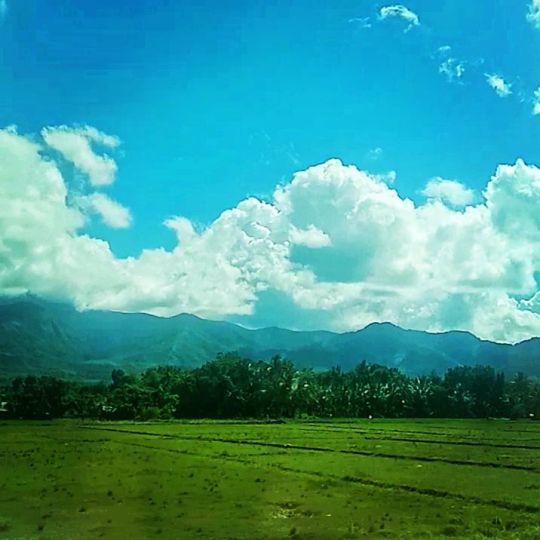
Nature never goes out of style. #ricepaddies #nature #naturephotography (at Talavera, Nueva Ecija) https://www.instagram.com/p/Codbyhhvgb6/?igshid=NGJjMDIxMWI=
0 notes
Text
Drone Footage of -
Rice Terraces on a Hill ⛰️
• credits = TekHD Creation , Yogendra Singh
• follow for daily travel inspiration ✨️
💜 visit my travel blog - link in bio 🤗
0 notes
Photo

and carpet. #ricepaddies #sunset #analogue #agfa #home https://www.instagram.com/p/CgOREShrG8J/?igshid=NGJjMDIxMWI=
0 notes
Text
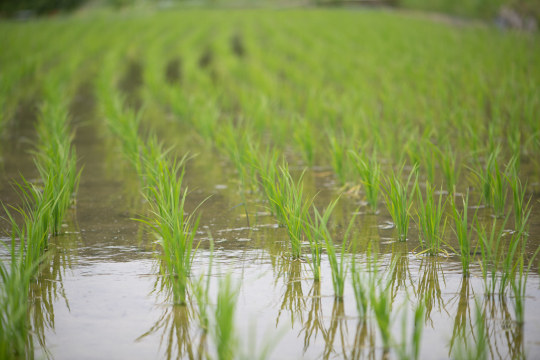
#20220617 Kurumeki rice terrace 4#seedling#riceplant#youngriceplants#苗#稲#water#水#fgreen#nature#plant#緑#草#自然#植物#ridge#riceterrace#ricefield#riceterracefield#ricepaddy#田んぼ#田圃#水田#棚田#畦#あぜ#田#agricalture#rice#農業
11 notes
·
View notes
Text
youtube
2 notes
·
View notes
Photo

調べ物や準備する事が多いのもあるのだけど、昨日も夕方になってやっと動き出し😅 暗くなっちゃうので、公園回って早めにUターン。 暑かった様ですが、この辺りは風もあり夕方半袖では寒いくらいです。 寒くなったら小走りできる位、早く体力回復するといいなぁ。 #川沿い散歩 #アオサギ #青鷺 の季節?#うぐいすのこえ #鶯の鳴き声 #田んぼ #たんぼ に水が入った #風の音 #walkingalongtheriver #grayheron season? #nightingale #japanesebushwarbler #tambo #ricepaddies #soundofthewind https://www.instagram.com/p/CeM9C4fved_/?igshid=NGJjMDIxMWI=
#川沿い散歩#アオサギ#青鷺#うぐいすのこえ#鶯の鳴き声#田んぼ#たんぼ#風の音#walkingalongtheriver#grayheron#nightingale#japanesebushwarbler#tambo#ricepaddies#soundofthewind
0 notes
Text
Most books on the Bengal delta begin by describing it as “riverine,” [...] the land is the product of fluvial action [...]. [I]n thinking about Bengal, one tends to imagine the ricepaddy fields [...]. It was not so all the time; Bengal was never really a land of farming [...]. Traveling through Bengal in the eighteenth century, the French traveler Orme saw a highly sophisticated water-based economy - the blessing of rivers - irrigated [...] by the monsoon rains and annual flooding. [...] The rivers were not just channels of water; they carried a thriving trade, transporting people and goods from one part of the delta to another. Today, Bengal is generally seen as comprising lush green rice paddies [...]. Rivers are often presented as causing immense grief [through seasonal flooding] [...]. Clearly, there is a mismatch here. [...] How (and when) did Bengal’s social milieu transform from water-based to land-based? [...] Bengal’s essential character as a fluid landscape was changed during the colonial times through legal interventions that were aimed at stabilizing lands and waters, at creating permanent boundaries between them, and at privileging land over water, in a land of shifting river courses, inundated irrigation, and river-based life.
Such a separation of land and water was made possible not just by physical constructions but first and foremost by engineering a legal framework that gradually entered the popular vocabulary. [...] BADA, which stands for the Bengal Alluvion and Diluvion Act, [was] a law passed by the colonial British rulers in 1825, following the Permanent Settlement of 1793. [...] The environment of Bengal can be described as hybrid, where the demarcation between land and water is neither well-defined nor permanent. Nature here represents a borderless world, or at best one in which borders are not fixed lines on the ground demarcating a territory, but are negotiated spaces or zones. Such “[...] spaces” comprise “not [only] lines of separation but zones of interaction…transformation, transgression, and possibility” (Howitt 2001, 240).
---
Current boundaries of land and water are as much products of history as nature and the colonial rule of Bengal played a key role in changing the ideas and valuations of both. [...] The debate on what constituted productive and unproductive uses of land preceded the application of English property law not only to establish permanent zamindari (a common term for the system of landlordism) settlement of land tenure in India, but also to valorize land in what had essentially been a land-water hybrid environment. The colonial land revenue system, by seeing land as more productive (being able to yield revenue) and useful, began the long historical process of branding the rivers of Bengal as uncivil and in need of control. [...] The problem with deltaic land is its non-permanent nature, as silt is stored by rivers: rivers do not always flow along a certain route [...] The laws that the colonial British brought to Bengal, however, were founded upon the thinking of land as being fixed in place. [...]
---
Experiments to fine-tune the land-based economy began in 1760 when Bengal, and its ceded territories, came under the East India Company rule. [...] To entrench the system, the Permanent Settlement of 1793 created zamindars (or landlords) “in perpetuity” - meaning for good. The system was aimed at reducing the complexities of revenue collection due to erratically shifting lands and unpredictable harvests in a monsoon-dependent area [...]. Alarmed at the possibility of dismemberment of their estates, the zamindars decided to bind tenants to the same conditions to which they themselves were bound by the colonial government, and one of their actions was to create patni tenures or perpetual leases. [...]
It also meant that the right to collect rent from the tenants, often through the use of force, devolved to the lower layers, making the upper-layer zamindars more of a juridical rather than a real social entity in the eyes of the peasants. The patnidars, finding how much trouble this arrangement took off their own back, created dar-patnis or patnis of the second degree [...]. The dar-patnis created se-patnis or patnis of the third degree. The East India Company, therefore, had to legalize, through Regulation VIII of 1819, the creation of such formations, thus giving a de jure recognition post facto [...].
The regulation, although innocuous and simple, was of great historical potency: it became the key that unlocked the door to environmental and socio-economic changes of unparalleled magnitude. From a riverine community, within a hundred years, Bengal was transformed into a land-based community. [...]
---
The meaning of property also changed as a result of this law: the cultivators began to lose the right to occupy the land that they had enjoyed since ancient times because the colonial British had enumerated the characteristics of the zamindari property as an absolute right of proprietorship in the soil [...].
[T]he Company then began to contemplate the problematic issue of legalizing the fictional entities of chars [...]. The law that was created for this purpose -- and still rules the rights of ownership of charlands -- is the Bengal Alluvion and Diluvion Regulation Act (BADA) of 1825. [...] BADA was meant to establish a set of rules to guide the courts to determine the claims to land “gained by alluvion” or accretion, and the resurfaced land previously lost by diluvion or erosion. Even if one takes it for granted that chars are technically non-land in the sense that they exist within river banks, the difficulty remains that when a piece of land is lost to bank erosion, it may not arise in exactly the same location or arise at all within the foreseeable future. This means the owner has no certainty that they will get it back when it resurfaces or when another char rises nearby. [...] Thus, the key to establishing land rights in the court of law remained the payment of rent, even on diluviated land. [...] Such a rule will, however, not be applicable if a river suddenly changes its course and separates a considerable piece of land from one to join it with another farm, but without destroying the identity of the land so removed -- thus preventing legal recognition. New accretions in large navigable rivers would be the property of the state [...].
---
All text above by: Kuntala Lahiri-Dutt. “Commodified Land, Dangerous Water: Colonial Perceptions of Riverine Bengal.” In: “Asian Environments: Connections across Borders, Landscapes, and Times.” Edited by Ursula Munster, Shiho Satsuka, and Gunnel Cederlof. RCC Perspectives, no. 3, 17-22. 2014. [Bold emphasis and some paragraph breaks/contractions added by me.]
#summary of how britain took over bengal#calcutta#sundarbans#abolition#ecology#imperial#colonial#mangroves
247 notes
·
View notes
Photo
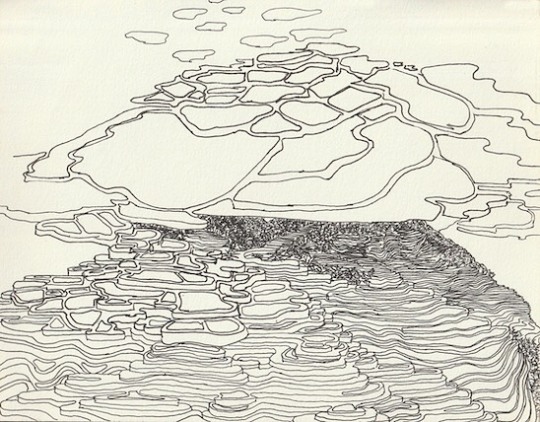
Rice Paddy Dream or “Padi Mimpi” - Prints of this and more are now available on SaatchiArt.com Jesse Paul Miller - or DM me I’ll share a link • #travel #illustration #drawing #lineart #arts #drawing #jessepaulmiller #bali #minimal #dream #ricepaddy #rice #paddy #kain #travelart #design #art #instadrawing #instaart #graphicart ##illustratorsoninstagram #saatchiart #saatchi (at Bali, Indonesia) https://www.instagram.com/p/CfarI0IL-2D/?igshid=NGJjMDIxMWI=
#travel#illustration#drawing#lineart#arts#jessepaulmiller#bali#minimal#dream#ricepaddy#rice#paddy#kain#travelart#design#art#instadrawing#instaart#graphicart#illustratorsoninstagram#saatchiart#saatchi
0 notes